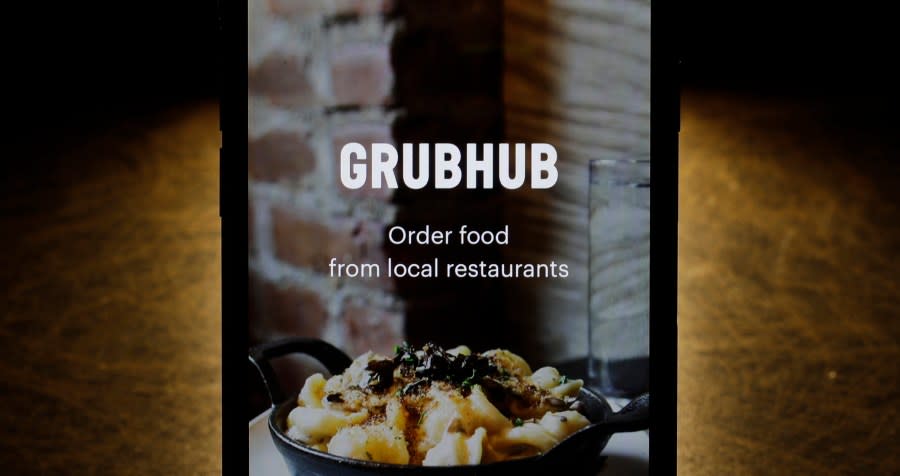You’re more likely to order more unhealthy foods when ordering digitally, USF study finds

TAMPA, Fla. (WFLA) — If you’ve ever ordered food online only to find your eyes are a bit bigger than your stomach once the food actually arrives, you’re not alone.
A new study from the University of South Florida (USF) shows that ordering food digitally — either through mobile apps or at a touchscreen kiosk — often leads to “more indulgent food choices and increased spending.”
The study, published in the Journal of the Academy of Marketing Science, shows the rise in in-store kiosks and mobile delivery apps such as Uber Eats has grown since the COVID-19 pandemic.
Data from the U.S. Department of Agriculture Economic Research Service shows spending on third-party food delivery services tripled for fast-food restaurants, and nearly quadrupled for full-service restaurants from before the pandemic until 2022, the study states.
Manatee County schools reach 3M free summer meals for kids
“While digital ordering can enhance convenience and efficiency, many consumers will opt for unhealthier food choices and spend more,” said Dipayan Biswas, co-author of the study. “Our research highlights the importance of understanding the influence of digital devices on our decision-making.”
The team said they reviewed more than 23,000 orders from a variety of restaurants and found 61% of digital orders were considered unhealthy, over 3% more than non-digital orders.
The team defined “unhealthy” based on portion size and item choice, noting items such as fried foods and desserts were marked under this category while items like vegetables and fish were marked as “healthy.”
The team labeled most soups, large salads, and steaks smaller than six ounces as “neutral.”
“Digital ordering modes foster a more automatic decision-making process with lower cognitive involvement,” Biswas said. “This is because digital tools encourage people to rely less on their cognitive resources and more on automated processes.”
Biswas added he plans to continue research to examine how the presence of a human during the ordering process, such as a cashier, waiter, or orders placed over the phone, might impact consumer decisions.
Copyright 2024 Nexstar Media, Inc. All rights reserved. This material may not be published, broadcast, rewritten, or redistributed.
For the latest news, weather, sports, and streaming video, head to WFLA.

